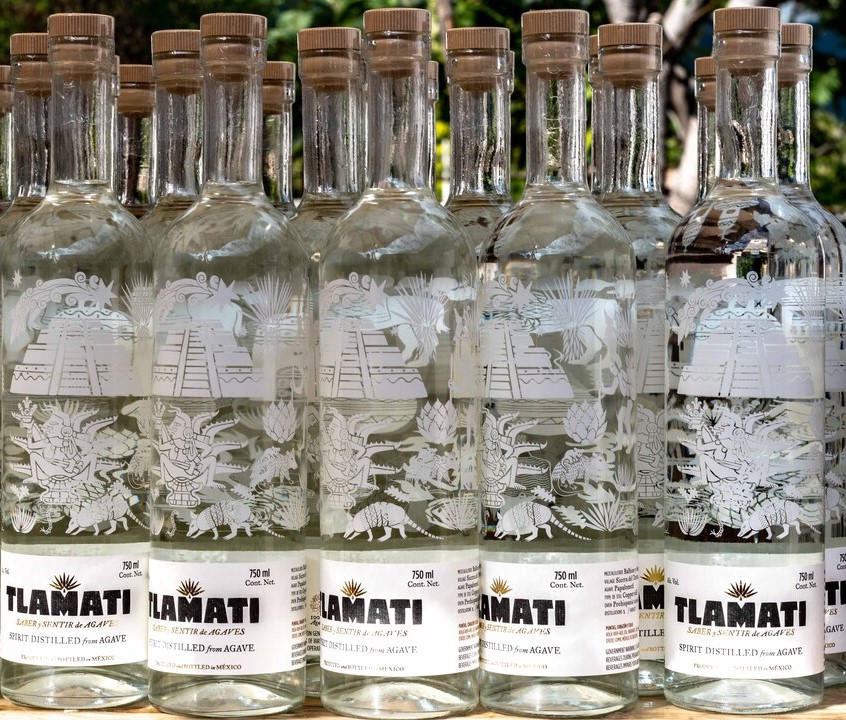Destilados TLAMATI
Nuestro proceso
GROWING
GROWING
The Sierra del Tentzo is the backdrop in which the agaves used to produce Tlamati are grown in the wild at an altitude of 2,000 meters above sea level (6,560 feet). This unique biocultural landscape is known as the Mixteca with the perfect ecosystem for the cultivation of maguey plants. Ancient ahuehuete trees (Montezuma cypress), flowers, diversified crop fields and different plant species imbue the soil with the flavors that are reflected in each bottle of Tlamati. In this stage, the Salas family collects agave seeds which are planted in their small backyard nursery that will be transplanted later in the hills to continue their development in their proper ecosystem.
HARVEST
HARVEST
La cosecha de los agaves ocurre siempre que ya están maduros y capones, esto es, después de la madurez de las plantas, entre 7 y 10 años, se les corta el quiote (el tronco que crece en el centro de los magueyes), así la energía que ocuparían para desarrollar flores y poder esparcir semillas se concentra en la planta, lo que otorga mayores azúcares y mejores sabores. Por supuesto, se dejan secciones del cerro sin cortar para permitir que las plantas se desarrollen y cumplan su ciclo de vida y puedan continuar reproduciéndose de manera natural mediante la polinización a partir de murcielagos, colibríes, mariposas y el viento mismo que llevarán el polen y semillas por toda la sierra. La cosecha de las plantas se realiza de manera manual con trabajadores de las comunidades a machete limpio para quitar pencas espinosas y trasladar los agaves a la fábrica. No se utiliza maquinaría pues ésta puede dañar las plantas y árbles aledaños a los agaves.

ROASTING
ROASTING
To be considered an authentically traditional spirit the agave hearts must undergo roasting in an underground pit oven, called a tapered stone oven or horno cónico de piedra in Spanish. Roasting the agave hearts bring out the sugars needed to produce all of the different types of agave distillates known commonly as "mezcal", as its etymology comes from the compound word "mexcalli" in the Náhuatl language composed by "metl" or maguey and "izcalli" or baked/roasted. Selected river stones are placed in a pit measuring five meters (16 feet) in diameter and two meters (6 1/2 feet) deep, and a bonfire made with local tree trunks are used to heat the stones to white hot. Then the uncooked agave hearts are carefully placed on top of each other until the pit is full, and are covered with palm fronds, woven mats and finally with soil to seal the oven and prevent oxygen from entering and cooling the stones. The agave hearts cook during a week with the heat generated through this prehispanic technique. The roasting process transforms the agave fibers into sugars and extracts the aromas that will define the flavor of the distillate.
GRINDING
GRINDING
Once the agave hearts are roasted, they will be ground. The hearts are placed in a wooden base similar in shape to a canoe and are manually crushed using a wooden cudgel known as a mazo.
Once the agave hearts are roasted, they will be ground. The hearts are placed in a wooden base similar in shape to a canoe and are manually crushed using a wooden cudgel known as a mazo.
The canoe shape retains the fibers and juices necessary for the process of fermentation. This is hard work as each mazo weighs around 10 kilos (22 pounds) and the process lasts up to a week.
FERMENTATION
FERMENTATION
Con las piñas de maguey molidas, se colocará la fibra en contenedores con un poco de agua de los pequeños manantiales de la zona. Aquí, de manera natural, sin ningun tipo de químico o acelerador, se inicia la fermentación del "mosto" (los agaves molidos) y comenzarán las bacterias de las plantas a transformar los jugos de la misma en alcohol. Este proceso puede tardar de 2 a 4 semanas y debe hacerse con mucho cuidado para evitar su contaminación y se debe supervisar y comenzar a añadir agua conforme van pasando los días. El agua toma un rol fundamental, de no ocuparse agua de manatial de la zona , no se podría tener una correcta fermentación y el sabor final del destilado sería desagradable.
DISTILLATION
DISTILLATION
This is where the alchemy of the master distiller comes into play, who extracts the essence of the agave in a copper still. The wort is placed in a copper pot and covered by the distillation flask and perfectly sealed; then a wood fire is used to heat the wort to a maximum of 75° Celsius or 167° Fahrenheit. Alcohol begins to emerge through the top of the still and enters the condensing coill or serpentine through a cool water bath. Finally, the agave distillate will begin to drip from a small tube. The distillation process is composed of three segments or cuts:
1. Heads: The first cut of distillation that stands out for its greater aromatic compounds and flavor. It is known as "the first spirit," with at least 55% alcohol content.
2. Heart: the second cut with an alcohol level between 45% and 55%; this is the part that makes up most of the final product.
3. Tails: the last cut of the distillation liquid with less than 45% alcohol, with a more aqueous and bitter profile.
The master distillers know the perfect blend of these 3 cuts, based on their historic preferences and knowledge and without having to add water or other, non-agave alcohol, they obtain the aromas and flavors that are characteristic of each spirit. Blending with unsuitable percentages would be a waste of all of the previous work, which is why each stage is considered to be an art that only the most experienced master distillers manage to correctly decipher.
BOTTLING
BOTTLING
El llenado y etiquetado de cada lote "Tlamati" se realiza de manera manual y también se trabaja con las comunidades. El proceso tiene estandares de alta calidad al cuidar no sólo la inocuidad del envasado, si no al cuidar que cada destilado no pierda grado alcohólico, por lo que el ritmo de llenado es lento . Las etiquetas se pegan manualmente y se firma cada lote y graduación final de alcohol volumen. No es posible generar etiquetas de manera masiva o prediseñadas con ciertos datos ya que los lotes de producción son pequeños y pueden modifcarse cada vez,por ello siempre verás datos escritos manualmente lo que confirma y garantiza la no homogenización de los procesos y la unicidad de cada producción.
Destilados TLAMATI
Nuestro proceso
GROWING
HARVEST
ROASTING
To be considered an authentically traditional spirit the agave hearts must undergo roasting in an underground pit oven, called a tapered stone oven or horno cónico de piedra in Spanish. Roasting the agave hearts bring out the sugars needed to produce all of the different types of agave distillates known commonly as "mezcal", as its etymology comes from the compound word "mexcalli" in the Náhuatl language composed by "metl" or maguey and "izcalli" or baked/roasted. Selected river stones are placed in a pit measuring five meters (16 feet) in diameter and two meters (6 1/2 feet) deep, and a bonfire made with local tree trunks are used to heat the stones to white hot. Then the uncooked agave hearts are carefully placed on top of each other until the pit is full, and are covered with palm fronds, woven mats and finally with soil to seal the oven and prevent oxygen from entering and cooling the stones. The agave hearts cook during a week with the heat generated through this prehispanic technique. The roasting process transforms the agave fibers into sugars and extracts the aromas that will define the flavor of the distillate.
Grinding
________________
The agave plant is also known as maguey; both are loan words in Spanish: agave is from ancient Greek and was used to name the genus by the Swedish botanist Carl Linnaeus; and maguey is from the Arawak or Taino language from the Caribbean
The agave plant is also known as maguey; both are loan words in Spanish: agave is from ancient Greek and was used to name the genus by the Swedish botanist Carl Linnaeus; and maguey is from the Arawak or Taino language from the Caribbean
FERMENTATION
Con las piñas de maguey molidas, se colocará la fibra en contenedores con un poco de agua de los pequeños manantiales de la zona. Aquí, de manera natural, sin ningun tipo de químico o acelerador, se inicia la fermentación del "mosto" (los agaves molidos) y comenzarán las bacterias de las plantas a transformar los jugos de la misma en alcohol. Este proceso puede tardar de 2 a 4 semanas y debe hacerse con mucho cuidado para evitar su contaminación y se debe supervisar y comenzar a añadir agua conforme van pasando los días. El agua toma un rol fundamental, de no ocuparse agua de manatial de la zona , no se podría tener una correcta fermentación y el sabor final del destilado sería desagradable.
Distillation
1.- Heads: The first cut of distillation that stands out for its greater aromatic compounds and flavor. It is known as "the first spirit," with at least 55% alcohol content.
2.- Heart: The second cut with an alcohol level between 45% and 55%; this is the part that makes up most of the final product.
3.- Tails: The last cut of the distillation liquid with less than 45% alcohol, with a more aqueous and bitter profile.
The master distillers know the perfect blend of these 3 cuts, based on their historic preferences and knowledge and without having to add water or other, non-agave alcohol, they obtain the aromas and flavors that are characteristic of each spirit. Blending with unsuitable percentages would be a waste of all of the previous work, which is why each stage is considered to be an art that only the most experienced master distillers manage to correctly decipher.

